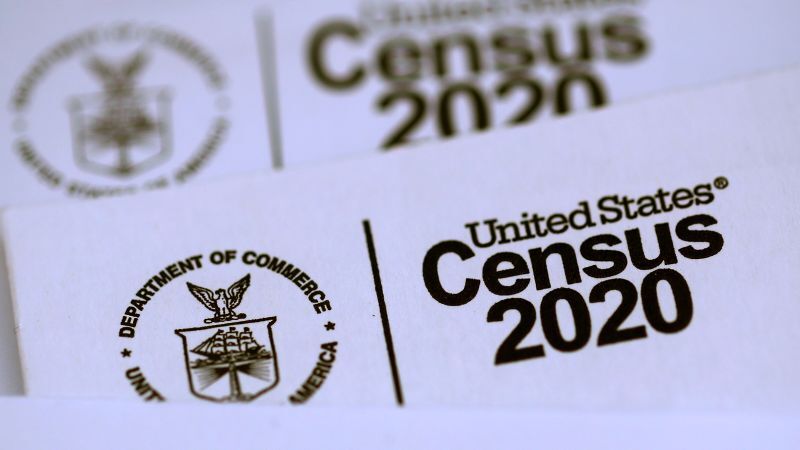FROM 2009 to 2019, the percentage of families in poverty in the CNMI declined by over 10%, according to the 2020 Census.
The U.S. Census Bureau on Thursday released the 2020 data on CNMI demographic, social, economic and housing characteristics as well as economic characteristic.
The 2020 Census also showed that the Commonwealth’s population went down by about 12% to 47,329 in 2020 from 53,883 in 2010.
According to the census, median household income in the CNMI increased from $23,839 (in 2019 inflation-adjusted dollars) in 2009 to $31,362 in 2019 and the percentage of families in poverty in CNMI declined from 44.4% in 2009 to 33.7% in 2019.
Variety learned that the federal poverty guidelines for the 48 contiguous states and the District of Columbia apply to the CNMI and other territories.
Demographics
As for the demographic characteristics of the CNMI, the Census Bureau reported that the Asian population was the largest race group with 22,054 people. Overall, 25,011 people reported Asian alone or in combination with another race group, such as Native Hawaiian and Other Pacific Islander.
The Filipino population was the largest detailed Asian group in the CNMI, the Census Bureau stated.
In 2020, 15,456 people identified as Filipino alone with no additional detailed Asian group or race group. In that year, the bureau said 17,719 people were identified as Filipino alone or in any combination with another detailed Asian group or race group, such as Korean or Native Hawaiian and Other Pacific Islander.
The Native Hawaiian and other Pacific Islander population was the second-largest race group, with 20,665 people identifying as Native Hawaiian and other Pacific Islander alone. Overall, 23,795 people reported Native Hawaiian and other Pacific Islander alone or in combination with another race group, such as Asian.
The Chamorro population was the largest detailed Other Pacific Islander group.
In 2020, 12,001 people identified as Chamorro alone with no additional detailed Native Hawaiian and Other Pacific Islander group or race group.
In the same year, 17,163 people identified as Chamorro alone or in any combination with another detailed Native Hawaiian and Other Pacific Islander group or race group, such as Palauan or Asian.
The next largest race groups were White alone, Black or African American alone, some other race alone, and American Indian and Alaska Native alone.
The multiracial population (also referred to as the two or more races population) totaled 3,453, while the Hispanic or Latino (of any race) population was 554.
“It is important to note that comparisons between the 2020 and 2010 race and ethnicity data should be made with caution,” the Census Bureau stated.
“This decade, the Census Bureau improved the Hispanic origin and race questions and how it codes responses. The differences in the overall racial distributions relative to the 2010 data are largely because of these questionnaire and data processing improvements as well as some demographic changes.”
Housing
The Census Bureau likewise reported the CNMI homeownership rate was 29.0% in 2020, up slightly from 28.3% in 2010. The average household size in CNMI also increased to 4.15 in 2020 from 3.22 in 2010.
As for computer and internet use, including type of computer devices, internet subscription status, and type of internet service, the 2020 census stated that among CNMI households, 96.7% had at least one type of computer and 84% had a broadband internet subscription.
For more information, go to https://www.census.gov/programs-surveys/decennial-census/decade/2020/planning-management/release/2020-island-areas-data-products.html#demprofile/.









